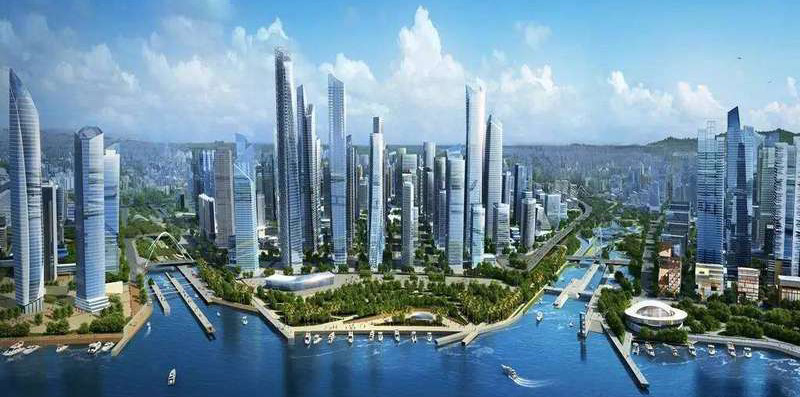A quarterly review on China, including global affairs, economic developments, business growth, and bilateral advancements.
A Greater Bay Area Proposed in South China

How will a Guangzhou-Hong Kong-Macao Greater Bay Area impact your overall regional China strategy? Hong Kong is the financial center in South China and one of the top financial centers in Asia. Macao is the gaming and entertainment hub and the world’s top gaming destination. Guangdong led the manufacturing base in the South China region, and it is swiftly moving toward hi-tech and culture.
In Premier Li Keqiang’s annual government work report delivered on March 5, he announced the development of the Guangdong-Hong Kong-Macao Greater Bay Area. The project of building the Greater Bay Area is part of the 13th Five-Year Plan (2016-2020), and in fact, it is a deepened version of the Pearl River Delta and the Pan-Pearl River Delta development initiatives.
This regional city cluster in south China includes Hong Kong SAR, Macao SAR, and nine cities in Guangdong province, namely Guangzhou, Shenzhen, Zhuhai, Foshan, Zhongshan, Dongguan, Huizhou, Jiangmen, and Zhaoqing. The proposed Greater Bay Area of 56,500 sq. Km shares similar folk culture and Cantonese dialect. It involves some 67.5 million urban residents and US$1.3 trillion GDP.
Each of the SARs and cities in the Greater Bay Area has its functions and positioning. For example, Hong Kong is a global financial center and an international logistics hub. Shenzhen is China’s technological innovation center and an important base for private enterprises. Dongguan is a global IT manufacturing location. Guangzhou is a center for Lingnan (Pearl River) culture and a center for heavy industry in south China. Zhongshan is an important base for white goods. Zhuhai is a tourism city in Southern China, and Macao, the world’s largest gaming center.
The nine cities run a “3+3+3” spatial structure with these groupings: Guangzhou, Foshan, and Zhaoqing; Shenzhen, Dongguan, and Huizhou; Zhuhai, Zhongshan, and Jiangmen. These nine cities also bring about a “9+6” combination on development involving six surrounding cities in the Pearl River Delta; they are Shaoguan, Heyuan, Shanwei, Yangjiang, Qingyuan, and Yunfu.
The Greater Bay Area urban agglomeration breaks down into three development sub-regions: the east coast as the knowledge-intensive industrial belt, the west coast as the technology-intensive industrial belt, and the coastal region as the center of heavy industry and eco-friendly belt.
Exhibit 1. Sub-Regional Positioning of the Greater Bay Area

In an interview with China Development Observation, Professor Lu Jinyong1 and Mr. Wang Haifeng2 shared their insight on the development of the Guangdong-Hong Kong-Macao Greater Bay Area. Building up the Greater Bay Area “will further develop China’s vision in urban development planning. It will be conducive to a more extensive future blueprint development and coordination, including industrial structure, infrastructure development, social management system reform, and environmental protection.”
Furthermore, Professor Lu pointed out that even though administrative divisions are local, economic development will break through administrative restrictions. Introducing the Guangdong-Hong Kong-Macao Great Bay Area aims at breaking through these obstacles to bring about new vitality, drive, and space for China’s economic and social development.

